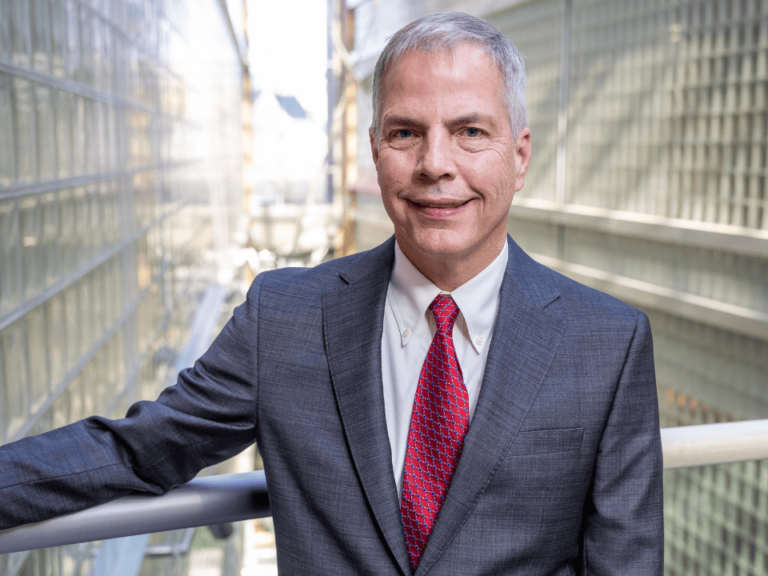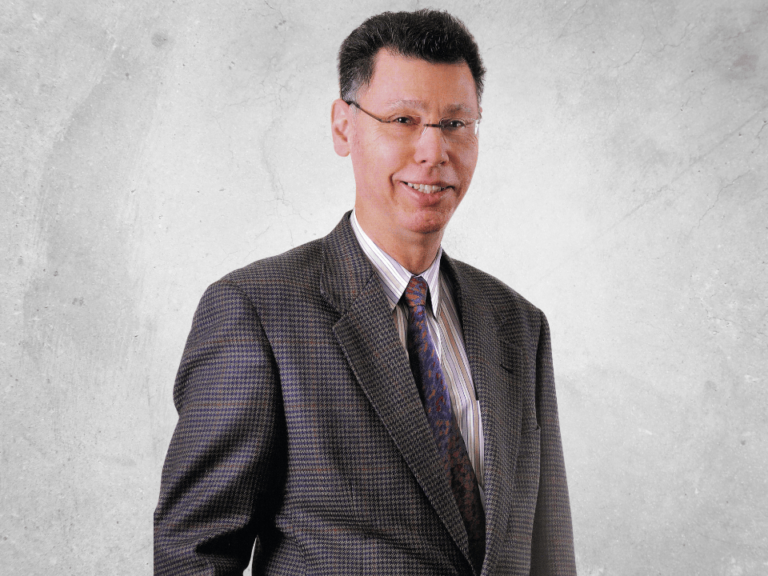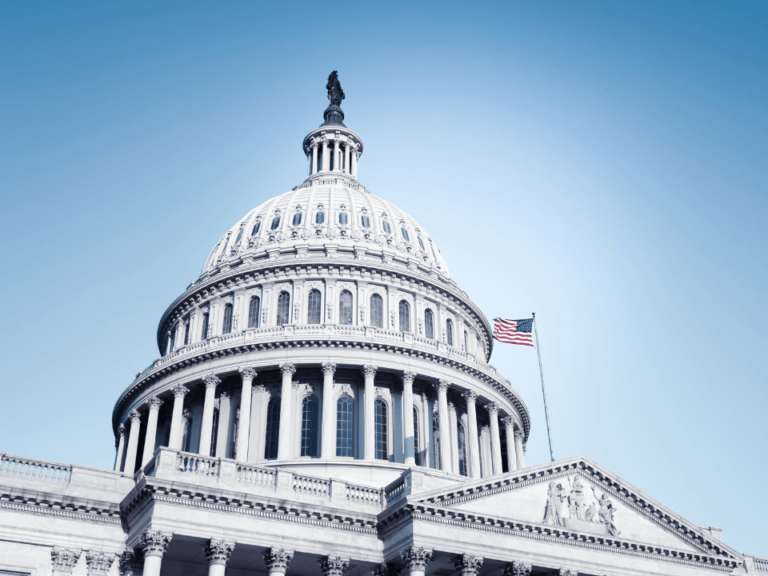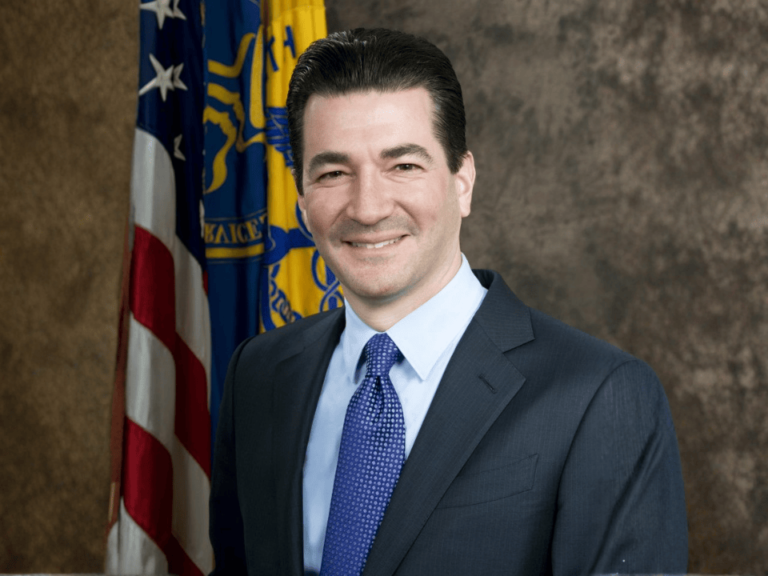During my 30-year career in health care, I’ve worked with hundreds of community oncology practices. Most oncologists I’ve worked with have, for quite some time, intuitively understood that social determinants of health (SDOH) can significantly impact patient outcomes.
SDOH include financial, housing and food insecurity, social isolation, addiction, access to transportation and patient health literacy.
A recent survey by Cardinal Health Specialty Solutions backs up this assertion. Sixty-eight percent of the 160 oncologists we interviewed said that more than half of their patients are negatively impacted by SDOH.
Unfortunately, the majority of the time, these SDOH—which can have such a powerful impact on patient outcomes—are largely “invisible” to providers.
It’s not a lack of data; it’s a lack of time and resources to uncover and make sense of the data
This lack of visibility into SDOH certainly isn’t the result of a lack of information or patient data. The problem is usually a lack of time and resources.
Eighty-one percent of the oncologists we surveyed indicated that they don’t have enough time with patients to adequately understand or address their SDOH needs.
And while their EMRs may contain reams of seemingly endless patient data, most community oncologists have no practical or actionable way to mine their EMRs for data to connect external SDOH risk factors to individual patients and identify those most at risk.
That lack of visibility into SDOH data all too often means that oncologists are missing opportunities to prevent hospital readmissions, emergency room visits and other avoidable events that often lead to higher costs and less-than-optimal outcomes for patients.
The ability to intervene early to support patients with SDOH risks is not only a win for patients, it’s a win for providers who are being reimbursed based on value-based care models, such as CMS’s Merit-based Incentive Payment System (MIPS) and the Oncology Care Model (OCM).
AI: the key to unlocking actionable insights behind SDOH
The good news is that advances in technology and analytics, including artificial intelligence solutions, are providing a novel way to help oncologists and their teams uncover patients with these hidden SDOH factors, so they can provide interventional care sooner and prevent emergency room visits, multiple admissions and other adverse outcomes, including avoidable death.
Some forward-looking practices are already using AI tools to quickly transform mountains of socioeconomic, environmental and behavioral data into real clinical value that drives higher patient engagement, more tailored interventions and greater alignment between need and risk. The result is better outcomes for individual patients and the community as a whole, and an overall reduction in cancer care costs.
Helping oncologists focus time, resources and workflows on patients who need them most
By providing clear visibility into patient-specific SDOH and recommending specific, targeted interventions, AI can empower community oncology practices to:
Prioritize patients that would most benefit from personalized case management support.
For example, the Center for Cancer and Blood Disorders (CCBD) in Fort Worth, Texas uses CORE, an AI decision support tool developed by Jvion and available through Cardinal Health, to narrow down which of its 1,000 high-risk oncology patients are the most in need of case management support.
Armed with a much smaller list of 200 patients who are most likely to need clinical interventions, CCBD now tasks its on-staff social workers with proactively reaching out to those high-risk patients, using interventions recommended by Jvion’s CORE before each patient reaches the point of crisis.
Adjust their workflows to enable rapid intervention for patients at greatest risk.
Northwest Medical Specialties (NWMS) in Tacoma, Wash., also used the Jvion CORE to better understand its patients with elevated SDOH risk factors. Armed with this analysis, the practice leaders realized that many patients needed access to same-day appointments and check-ins with a triage nurse.
Thanks to this insight, they expanded their workflows to include an in-house urgent care clinic that operates five days a week. They also hired nurse practitioners and a full-time acute care provider to accommodate patients’ same-day appointment needs.
Simplify—and remove emotional influence from—challenging palliative care decisions.
Determining when a patient is ready for hospice care can be challenging, and research shows that many physicians wait too long to make these referrals. AI is helping to simplify the referral process for hospice and palliative care by recommending personalized end-of-life care plans that are based on the individual’s therapeutic needs and preferences.
The application of AI to end-of-life palliative care decisions is a particularly powerful opportunity to improve cancer care costs, which are highest as patients near the end of life. For example, after NWMS implemented the Jvion CORE, the practice experienced an 81% increase in the number of patients it referred to palliative and hospice care.
Practice leaders say using AI to assist with difficult end-of-life care decisions not only reduces treatment costs, but also helps patients and caregivers avoid unnecessary suffering and emotional turmoil.
While AI tools cannot solve every problem related to SDOH, forward-thinking practices are already leveraging it to better address the needs of underserved populations, while also reducing avoidable healthcare costs.
As the healthcare industry continues to move toward more value-based models of care, artificial intelligence technologies will become increasingly essential to oncology practices in their continued quest to deliver higher quality care to more patients at a lower cost.












